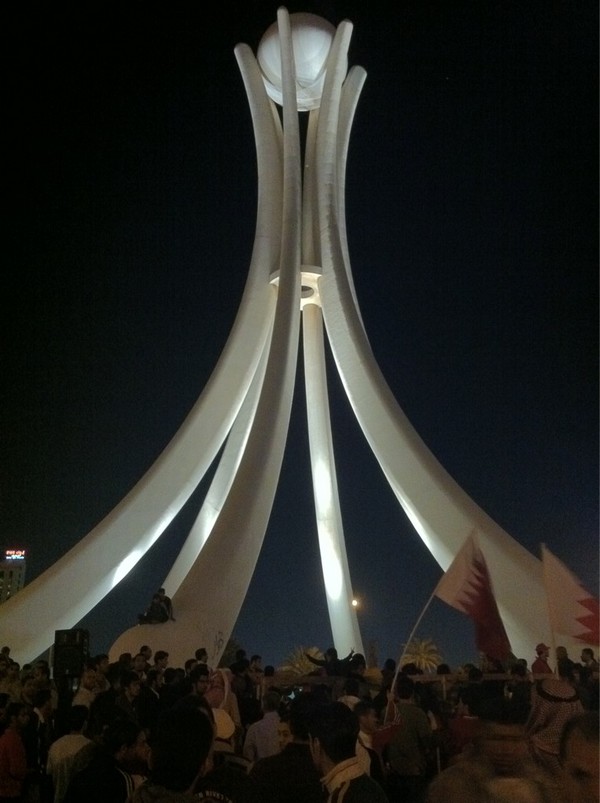
click here for story on enduringamerica
Cortni Kerr and Toby C. Jones write for Middle East Report Online:An uncertain calm has settled over the small island kingdom of Bahrain. The wave of peaceful pro-democracy protests from February 14-17 culminated in bloodshed, including the brutal murder of seven activists, some of whom were asleep in tents, by the armed forces. On orders from above, the army withdrew from the roundabout on the outskirts of the capital of Manama where the protests have been centered, and since shortly after the seven deaths it has observed calls for restraint. Thousands of jubilant protesters seized the moment to reoccupy the roundabout, the now infamous Pearl Circle. In commemoration of the dead, the demonstrators have renamed it Martyrs’ Circle.
The mood in the circle is buoyant, even carnivalesque. It is also dead serious, for the thousands of encamped demonstrators demand nothing short of fundamental change to the kingdom’s autocratic political order. The crown prince, Salman bin Hamad Al Khalifa, has issued a bland call for healing and national dialogue. The country’s formal opposition may be tempted by the prospect of realizing at least some of its long-established demands for reform. But the wounds from the direct assault at dawn on February 17 are deep. Several prominent banners in Martyrs’ Circle display the pledge, “No dialogue with those who killed us in cold blood.” Chants echo: “We will sit here until the fall of the regime!” The fault lines that have long divided rulers and subjects in Bahrain have widened due to the carnage.
On February 21, meanwhile, the regime summoned tens of thousands of supporters (state television wildly claimed 300,000) to rally behind it outside a large Sunni mosque, al-Fatih, in Manama. The choice of a Sunni mosque was deliberate; the Al Khalifa, themselves Sunni, have a history of playing sectarian politics to divide and rule the population, which has a Shi‘i majority. The pro-democracy protesters, for their part, have maintained from the start that their cause is national. Their slogans have explicitly appealed to cross-sectarian solidarity. On February 22, the largest crowd to date streamed into the streets, answering a call from the opposition groups, and marched nearly two miles from a mall to the roundabout. State TV ignored them, re-running footage of the previous day’s pro-monarchy gathering.
The killing is done for now, but it is too early to tell if the cold peace between the regime and the dissidents will last and, if so, how long. Bahrain’s revolution is not over, but its outcome is far from decided.
Toward Defiance
At the heart of the uncertainty is the question of whether the royal family can muster the political will to see through substantive political reform at long last. On February 20, the crown prince acknowledged the “clear messages from the Bahraini people...about the need for reforms,” though what the changes might be, he did not say. The majority of Bahrainis greeted his vague words with pronounced cynicism, and with good reason, for they know the country has been down the road of false promises before. In 2000 and 2001 then Emir Hamad (he has since declared himself king) promised sweeping liberal reforms that would, in essence, transform Bahrain from an absolute into a constitutional monarchy. The promises proved illusory. Instead, Hamad and his cronies set up a sham bicameral parliamentary system, decreed a constitution that consolidated power in the hands of the elites and institutionalized discrimination against the island’s majority Shi‘i population. The king appoints a consultative council that can block the elected lower house’s legislation. Electoral districts are hopelessly gerrymandered to minimize Shi‘i representation.
Popular hostility to the political status quo has simmered ever since. Although the Shi‘a have suffered the most from the regime’s intransigence, frustrations cut across sectarian lines. For ten years, an organized opposition, consisting of a handful of formal political societies (actual parties are illegal), has struggled to generate enough pressure on the regime to correct its course. The two most prominent societies, the Shi‘i Islamist grouping al-Wifaq and the left-leaning, non-sectarian Wa‘ad, led the charge, boycotting the 2002 elections and generally refusing to give the system a stamp of legitimacy. But something changed in 2006. The opposition ended its boycott, ran for Parliament and vowed to change the system from within. By all accounts, the opposition deputies agitated repeatedly for structural changes, but their incorporation into the system rendered them wholly ineffective.
The opposition’s decision to end the boycott, meanwhile, split its social and political base. Alternative centers of dissent emerged in 2005 and 2006, notably the Haqq Movement for Liberty and Democracy. Led by charismatic figures like Hasan Mushayma‘, ‘Isa al-Jawdar and ‘Abd al-Jalil Singace, Haqq rejected participation in elections and called for increased grassroots organizing, up to and including civil disobedience, and reached out to Western governments. With this bold program, Haqq siphoned off a considerable amount of supporters from al-Wifaq and Wa‘ad, eventually boasting a significant following in both the Shi‘i and Sunni communities. Equally important was the intensification of efforts by a network of young, energetic and devoted human rights activists, who drew attention to the grievances of the Shi‘a, in particular. At the heart of this network was the Bahrain Center for Human Rights, headed by ‘Abd al-Hadi al-Khawaja and Nabeel Rajab. Using the language of human rights, al-Khawaja and Rajab carved out influential political roles as well, inspiring younger Bahrainis to get involved in civic affairs and instructing them in how to build potent grassroots organizations.
Haqq and the human rights activists also assumed a decidedly more defiant stance against the regime and its excesses than the established opposition. In doing so they distinguished but also separated themselves from the safety of numbers. Beginning in earnest in 2005 and 2006, the organizations began to mount regular peaceful demonstrations, in which knots of young activists would take to the streets demanding the amelioration of various complaints, from poor housing to under-employment among Shi‘i youth to the torture that is credibly reported in the kingdom’s jails. The new opposition leaders also became increasingly provocative in their public statements, regularly offering direct criticism of the Al Khalifa. They paid a heavy price. Al-Khawaja and Mushayma‘ have been arrested multiple times. Singace was abducted by the security services in August 2010, imprisoned, tortured and is now facing charges of terrorism and plotting to overthrow the government. The same accusations are leveled at Mushayma‘, who went into exile in London.
The rise of the new Bahraini opposition was met with a surge of regime brutality. From 2005 to 2010, the security forces routinely used tear gas and rubber bullets in their attacks to disperse demonstrations. To preempt refusal of orders by the police, the regime stepped up its long-standing practice of recruiting foreigners as officers, including non-Bahraini Arabs and Pakistanis. Not coincidentally, the opposition says, the recruits tended to be Sunni. A cycle of state violence and opposition recrimination was firmly entrenched by 2010. Their increasingly vicious treatment by the state garnered the younger activist generation considerable credibility with the population. Where al-Wifaq and Wa‘ad pliantly sought influence in the corrupt halls of power, Haqq and the human rights groups were resilient in their insubordination. It became increasingly clear that the country’s political future would be decided in the streets.
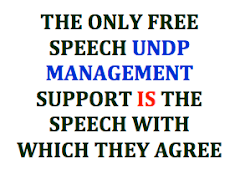




















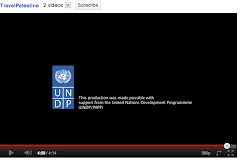





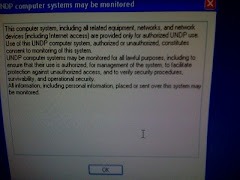


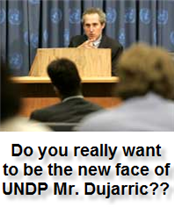





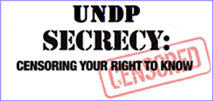
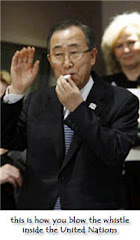
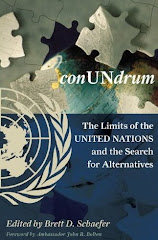

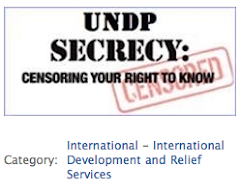

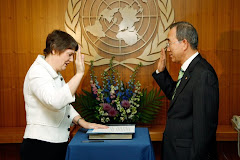


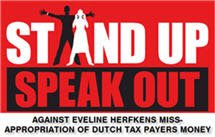


No comments:
Post a Comment